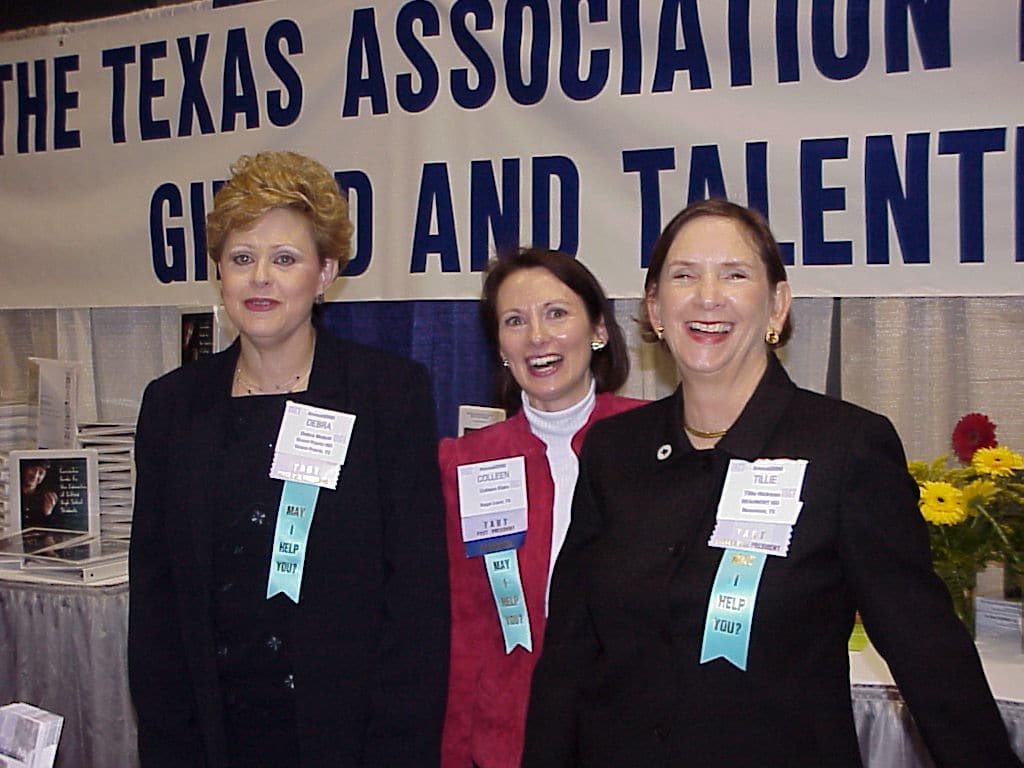This commentary was originally published in 2003 in Volume XXIII, Issue 1, of TEMPO as a column by then-President Tillie Hickman.
In 1750, Robert Gray dared to test the literary conventions of his day in poems like “Elegy Written in a Country Churchyard.” Moving from the elevated prose and stylized poetry of Neoclassical literature, Gray examined the lives of common people, who “dwelt among the untrodden ways” as Wordsworth would say nearly 50 years later. These people, peasants and members of the lower classes, had long been considered too insignificant to merit the concern of any but their immediate families. Without education, they were denied “The applause of listening senates to command,” or the opportunity to “read their history in a nation’s eyes.” Yet, these insignificant ones were the multitudes who within 50 years would change the face of nations and establish democracy throughout the Western world.
In “Elegy,” Gray celebrates simple lives free of “The boast of heraldry, the pomp of power.” Ironically, he also admits that among their unschooled numbers, perhaps, lie peasants with hearts “once pregnant with celestial fire;/ Hands that the rod of empire might have swayed,/ Or waked to ecstasy the living lyre.” Without education, which was routinely denied to the common man during the 18th century, much talent was lost.
Are we any different? How many of our gifted children fall into the same categories, denied an appropriate education to awaken that “celestial fire”? When we fail to identify those children who do not fit easily into our preconceived notions of giftedness, we fail not only those children but our society as well.
The Texas State Plan for the Education of Gifted and Talented Students requires that we use multiple measures, both qualitative and quantitative, to identify students exhibiting high achievement or the potential for high achievement. Even as we celebrate that plan, we often fail in our mission to identify the children who may need our services the most. No one questions that intelligent, middle-class children, who meet entrance criteria, need and deserve services to maximize their potential and assure continued growth in an educational setting. But what about those other children? Geniuses from different cultures struggle daily with a second language. Incredible children belong to families that discourage competition and reinforce passivity. Children from poverty do not know the hidden rules or have the role models (Payne, 1995) that enable them to compete successfully with their middle-class peers. Children with learning disabilities are frequently screened from programs because we fail to see past the disability to the ability beyond.
What then shall we, advocates for all gifted children, do so that the gifts and talents of these children are not lost? Can we as a state afford to lose the talents of unidentified gifted children or survive the negative impact of their misdirected gifts?
Gray suggests that people who fail to achieve their full potential also have “their crimes confined.” In that simpler time, the small world limited the problems created by the negatively focused gifted. Today our prisons are full of them, gifted individuals who did not have appropriate education offered and so chose to educate themselves in the rules of the street and to rise to leadership positions in that nether world.
I’ll never forget David, an African-American charmer who could talk his friends and many of his teachers into almost anything. As a 13-year old, he was the strongest leader in a class of nearly 300 students, but his leadership usually translated to leading a group of boys through afterschool shenanigans that attracted police attention. David had never been identified for the gifted program because he did not look like most gifted children, and he did not come to school with the skills most often associated with giftedness. As a prekindergarten student, David entertained himself without the books and games that middle-class children take for granted. He did not read early because he had no books and no audience to appreciate his curiosity or his energy. No teacher, trained in identifying and educating gifted children, rescued him from his lack of intellectual stimulation. He was also handicapped because he had no parent to serve as his champion, demanding that he be given a chance to shine. As he grew older, he saw no purpose in school, and unwillingness to perform “boring,” routine tasks made him an unlikely candidate for a gifted program. Stuck in regular classes with the boys who looked to him for leadership, David had missed such huge pieces of academic learning that he struggled even to pass TAAS.
Frequently in trouble because he had little patience for busy work or teachers who failed to appreciate either his humor or his charm, David chanced into the lives of three teachers of the gifted. Rather than seeing his behavior as a problem, they recognized the potential and asked that David be placed in their classes. Suddenly a totally different child emerged. Gone was the sullen troublemaker. David discovered historical research and reenactments and then science and its open-ended questions and experimentation. Discipline problems disappeared, at least for the time that three mentors pushed him relentlessly. David had an audience among the high-achieving students and no longer sought to entertain the underachievers who had served as his peer group.
Is this a gifted student? Absolutely! Will he pass an objective assessment to identify him as a gifted child? Probably not. Although one-on-one tutoring with someone who understands his strengths and weaknesses allows him to take giant steps, that tutoring will probably not be available. After all, he is passing state assessments, now. At 14, as he enters the anonymity of a large high school, David will slip back into the peer group that supports him unless other teachers see the potential and help this unlikely gifted child realize what could lie ahead for him.
The implications for each of us who work with gifted children are clear but not easy. Each of us must become the champion for those children who have no champions. Few of our quantitative identification measures identify children who are defined not by their high achievements but by their potential for high achievement. We must actively search for that potential and then nurture it in every way possible. We must understand the cultures that value giftedness differently. Help both children and their parents to claim an appropriate education. Thomas Gray said that “Full many a flower is born to blush unseen,/ And waste its sweetness on the desert air.” It is our responsibility to make sure they don’t!
References
Gray, R. (1958). Elegy written in a country churchyard. In G. Woods, H. Watt, G. Anderson, & K. Holzknecht (Eds.), The literature of England. Chicago, IL: Scott, Foresman and Company. Original work published 1751.
Payne, R. K. (1995). A framework: Understanding and working with students and adults from poverty. Baytown, TX: RFT Publishing.

After serving as principal at Odom Academy in Beaumont ISD for 25 years, Tillie Hickman retired at the end of June 2018. Since then, she’s been to Italy, the Grand Canyon, and Atlanta. She keeps busy on several foundations’ boards and as incoming president of the Symphony of Southeast Texas. She also volunteers to read with second graders as part of district initiative to have all children reading by the end of second grade. Hickman served as president of TAGT in 2003.






